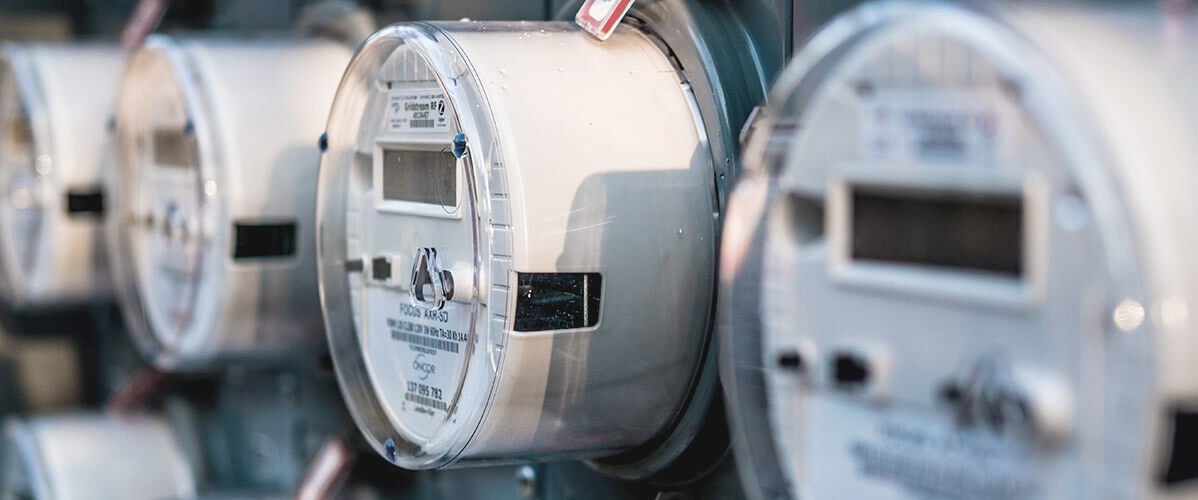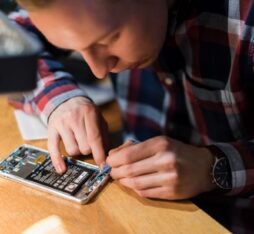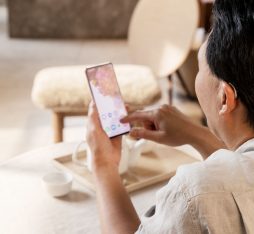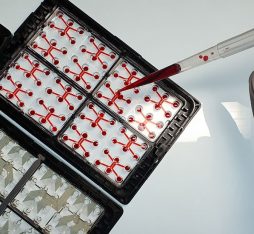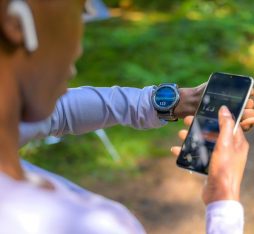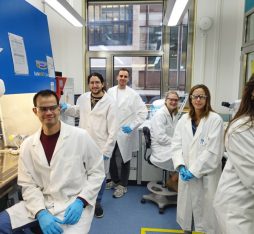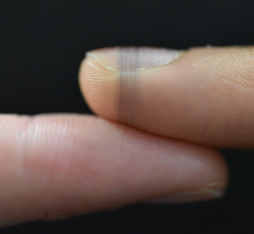Orange Smart Metering is an IoT solution of smart meters to increase profitability, combat fraud, and compensating for the disrepair of the networks.
Energy, a major stake for economic development
Once primary energy – fossil, nuclear, hydroelectric, solar, wind, or even biomass – has been converted to electricity, it is transported to the countries’ distribution networks then allocated to the customers. However, although in France 95% of energy produced is billed to the customers, in sub-Saharan Africa this figure only reaches 70 to 85%. The reasons are mainly linked to fraud, and disrepair of the networks and meters, which are often unfit to send reliable information to the electricity operators. In parallel, it can also happen that production volumes are not sufficient to respond to the fast increase in demand. The disadvantages are therefore double fold: the operators suffer from loss of earnings, and the users are deprived of a basic service: an efficient electricity supply. For Alain Tales, energy domain manager for the Middle East and Africa zone at Orange, “in all the countries of the world, energy is a major issue for economic development. And when we know for example that the inhabitants of Kinshasa endure six to seven hours of power cuts per day, there is an urgent need to be able to provide them with a service capable of catering to their needs ».
An IoT smart meter: Orange Smart Metering
To help reduce these malfunctions, Orange has developed the Orange Smart Metering offering, targeting electricity operators by deploying smart meters. A means of improving their revenue collection, combating fraud, and compensating for the technical disrepair of the networks.
This remotely-driven, turnkey service enables the recording of consumption indexes in order to ensure reliable billing, to cut off the meters of customers who haven’t paid their bill, to send alarm notifications in the event of attempted fraud, but also to produce consumption profiles so as to detect upstream the areas likely to encounter technical problems. “If electricity distribution drops, it is preferable that consumers use fewer electric appliances rather than not being able to use any at all. Following the increase in demand in real time enables the sending of targeted information to the meters so as to limit the customers’ consumption” Alain specifies.
The result: a fleet of smart meters installed by local experts and set up according to the electricity operators’ configurations. This solution offered by Orange covers the security problems inherent to any smart object, by ensuring the proper functioning and the security of their communications via supervision processes.
A prepayment mode solution thanks to Orange Money
In the majority of the Middle East and Africa zone countries where Orange is represented, its money transfer and mobile payment service Orange Money is used by over 35 million people. So, it is only natural that Orange Smart Metering includes a prepayment mode function in its smart meters. “In this way, customers can pay their bill in “mobile money” thanks to our “mobile banking” service. Thus we are offering an end to end digital service”. Tariffs are calculated automatically in the cloud according to consumption in kilowatt-hours; the whole consumption monitoring and credit recharge tool, as well as consumption notifications can be accessed from a telephone and from anywhere. “The customer no longer needs to check their meter to follow their account, they simply need to switch on their telephone”.
Two projects rolled out: in Tunisia and in Burkina Faso
The Orange Smart Metering solution was part of a first pilot scheme with the Société Tunisienne d’Énergie et de Gaz (STEG) – the Tunisian Energy and Gas Company – who deployed around one hundred smart meters a year ago. But also, by the Burkina Faso energy distribution operator SINCO (Société d’Infrastructures Collectives) who will deploy 700 smart meters in prepayment mode by the end of the year. Alan explains: “Our solution enables management of a fleet of meters that are based on standards, so that in the long run, they can choose their manufacturer directly”. Tunisian and Burkina consumers will thus make savings. “Because it is always easier to monitor your consumption than to check consumption in kilowatt-hours. And if a user notes that they have spent 3000 CFA francs of electricity one day when they only used 500 the day before, they will pay attention to the number appliances left switched on”. Finally, electricity operators will be able to increase profitability, thanks to precise billing.
Orange, who has 127 million customers in the Middle East and Africa, is the only telecom operator in this region to offer a complete “smart energy metering” solution integrating a “mobile money” solution. In fact, this innovation earned Orange the “Best Cost Efficiency Solution for Africa” prize at AfricaCom in 2016.

